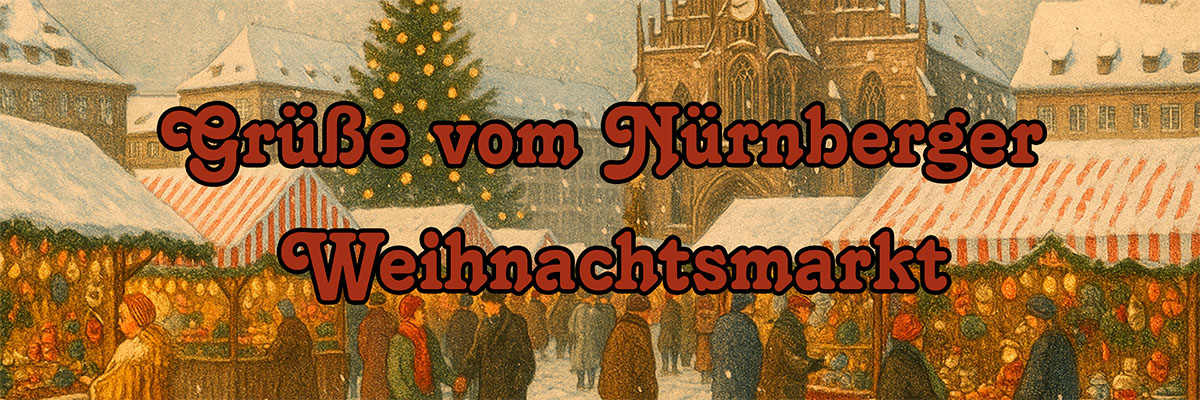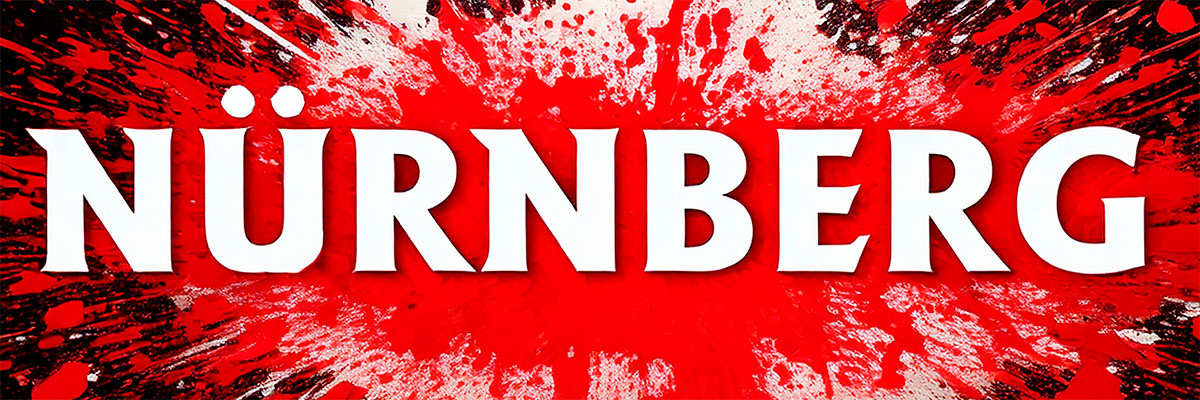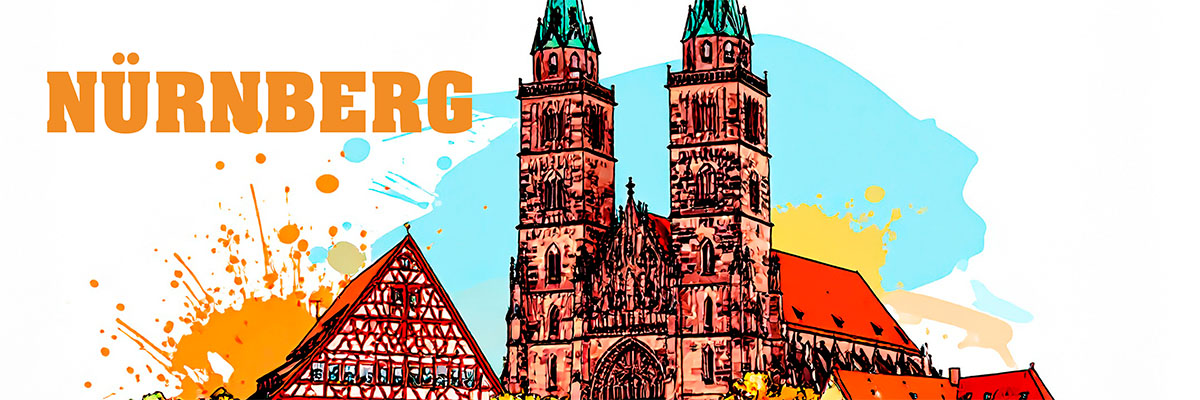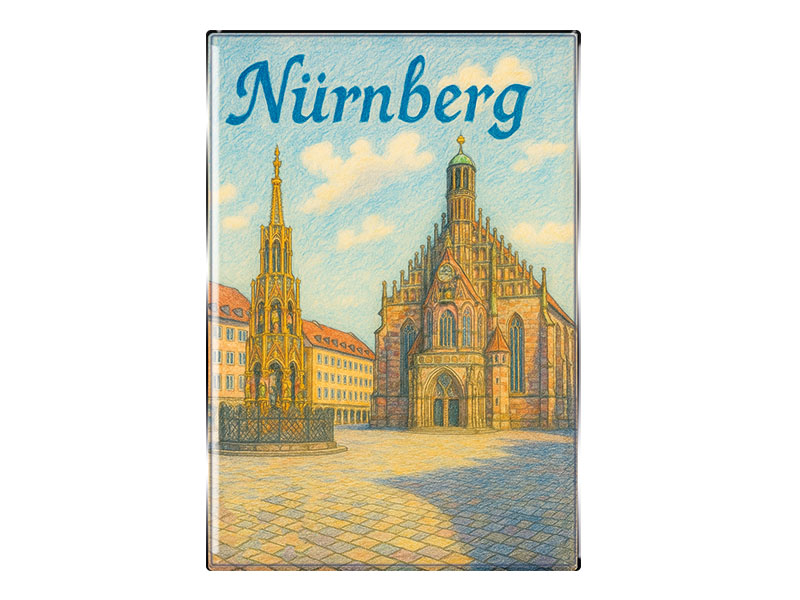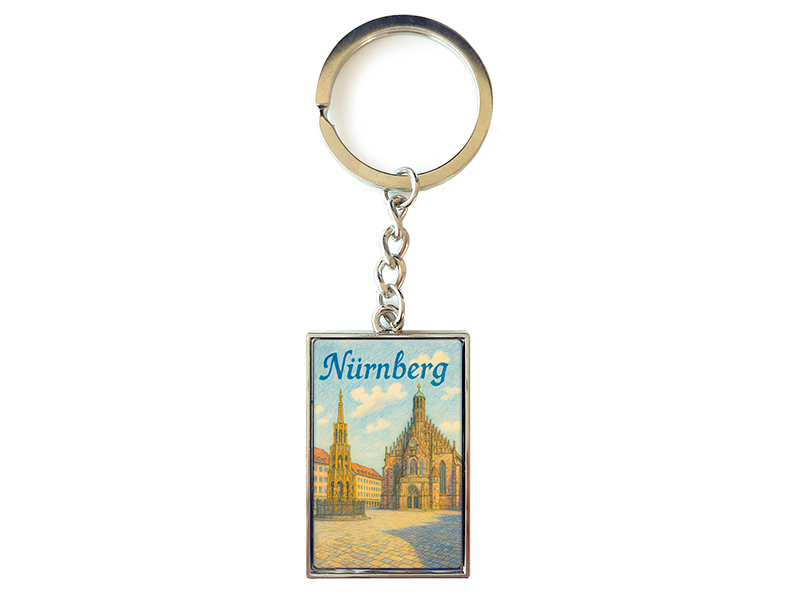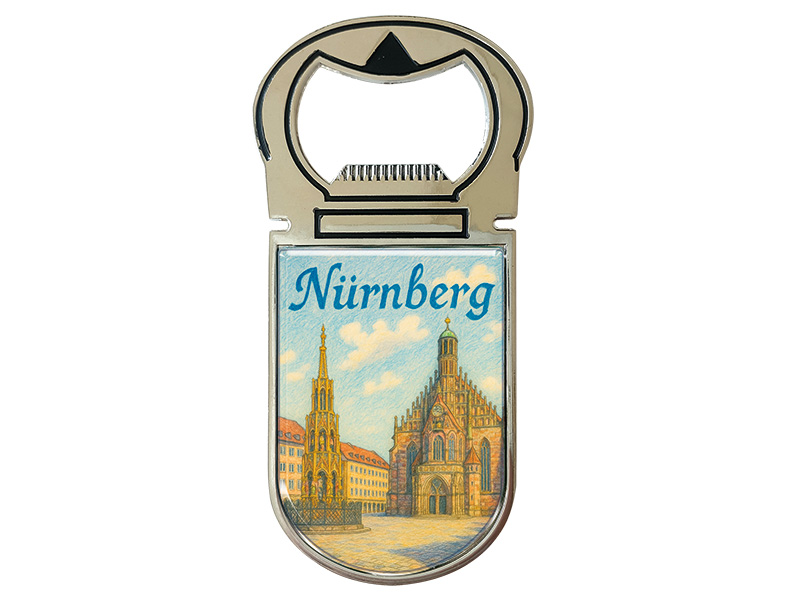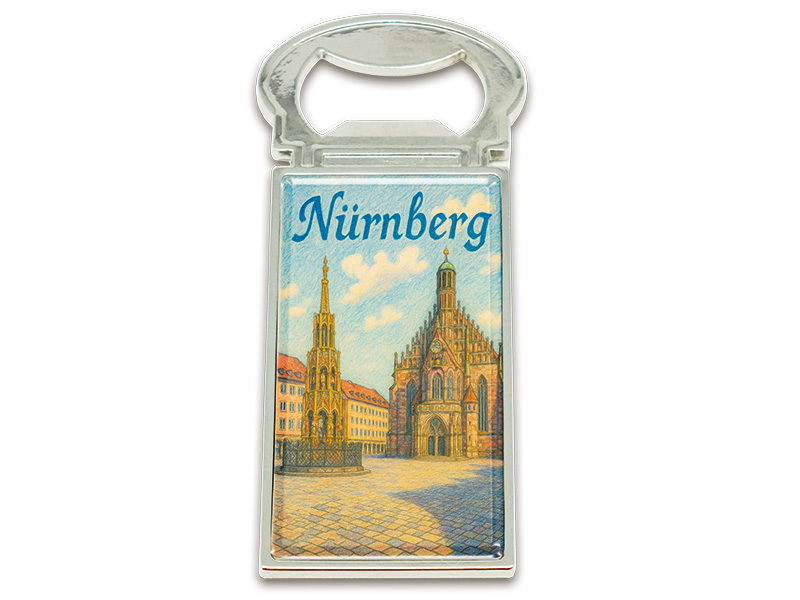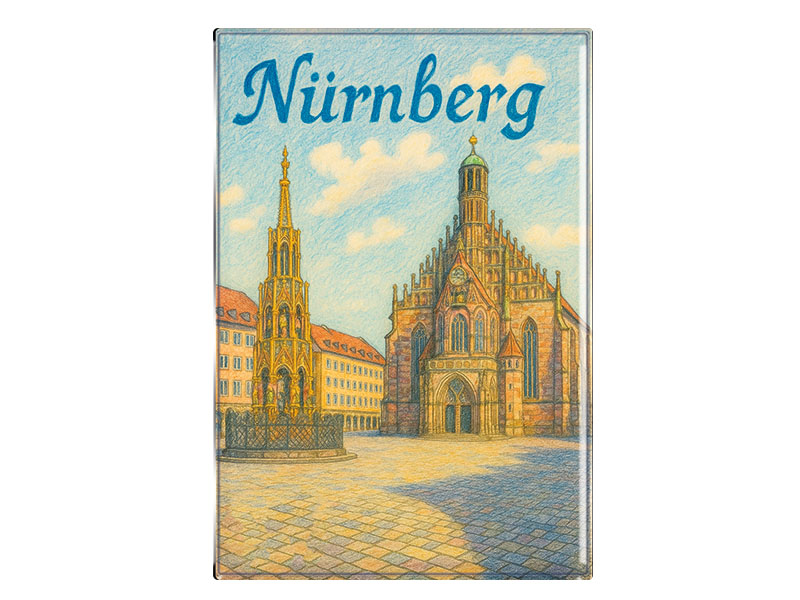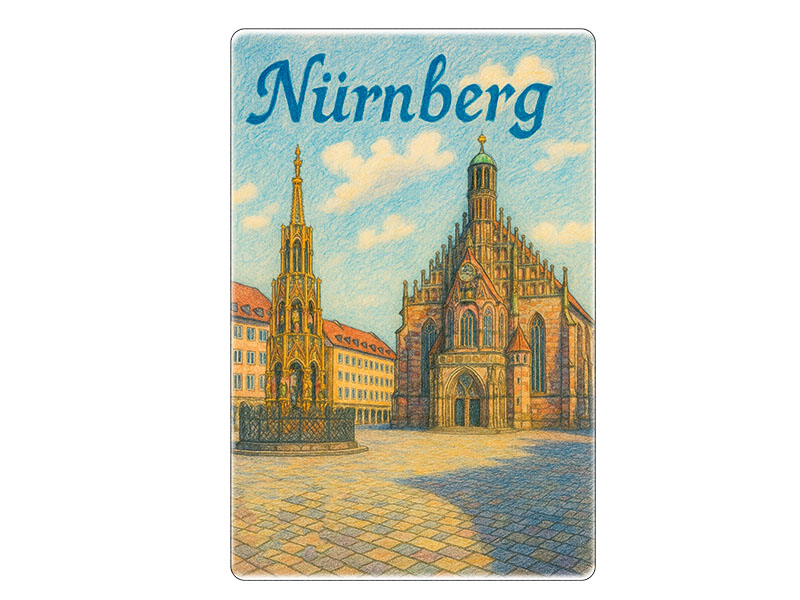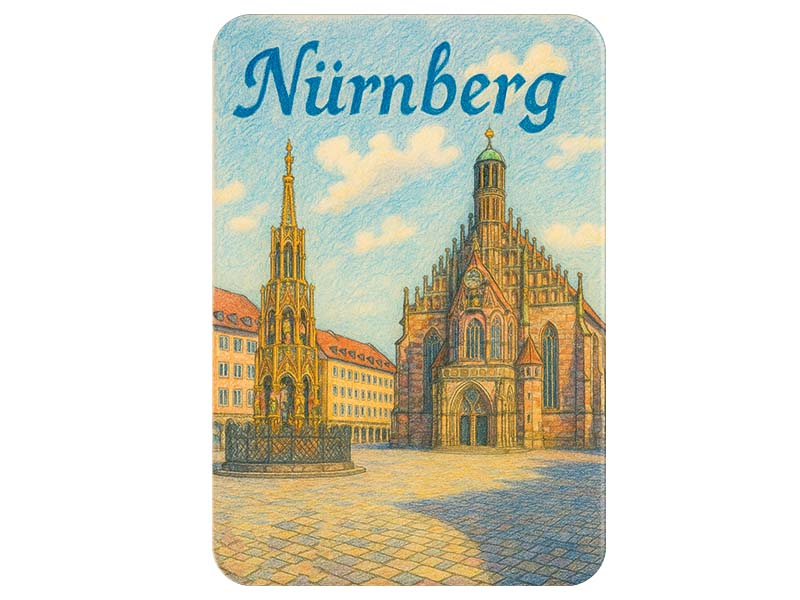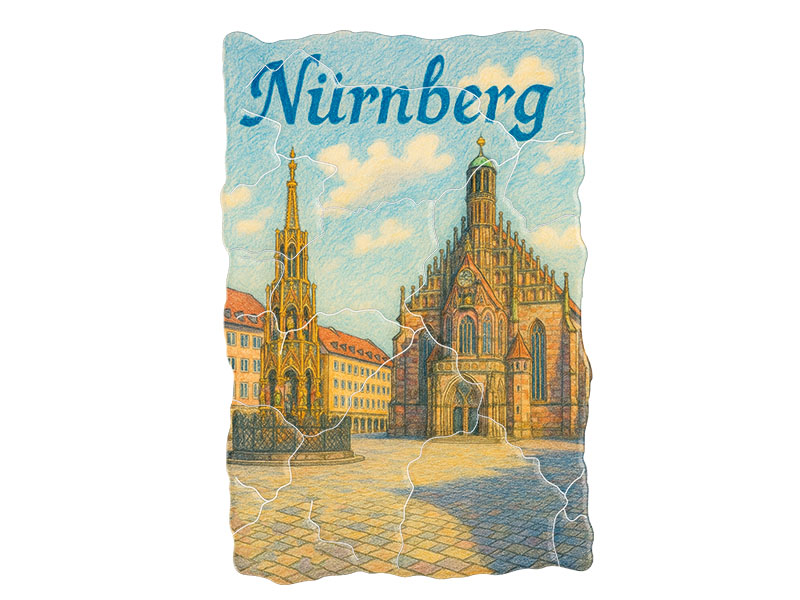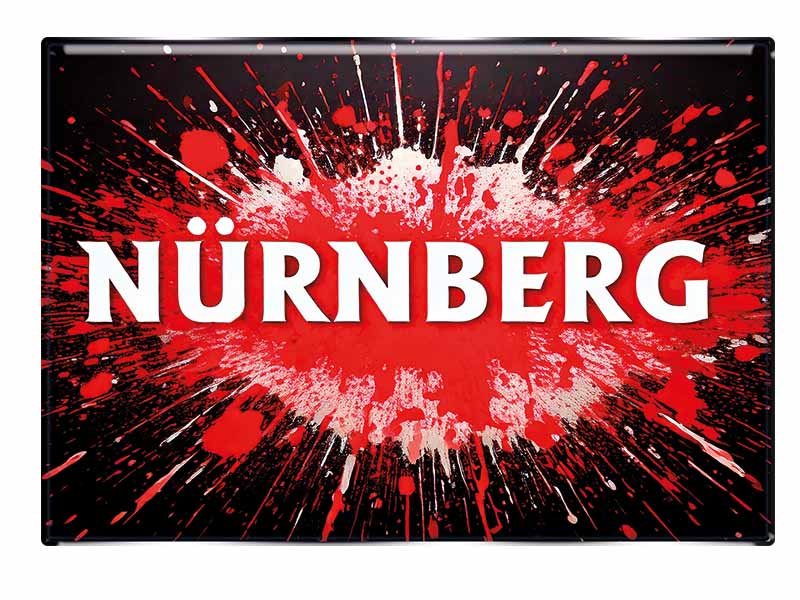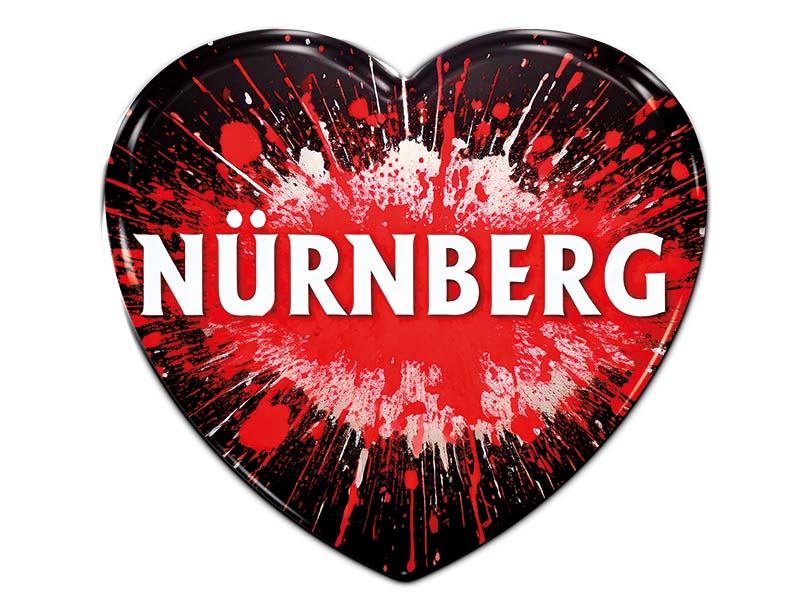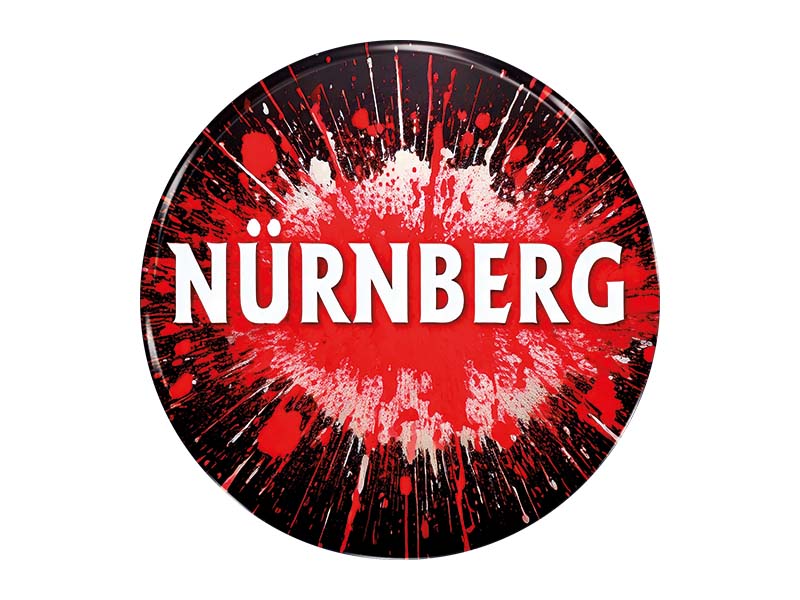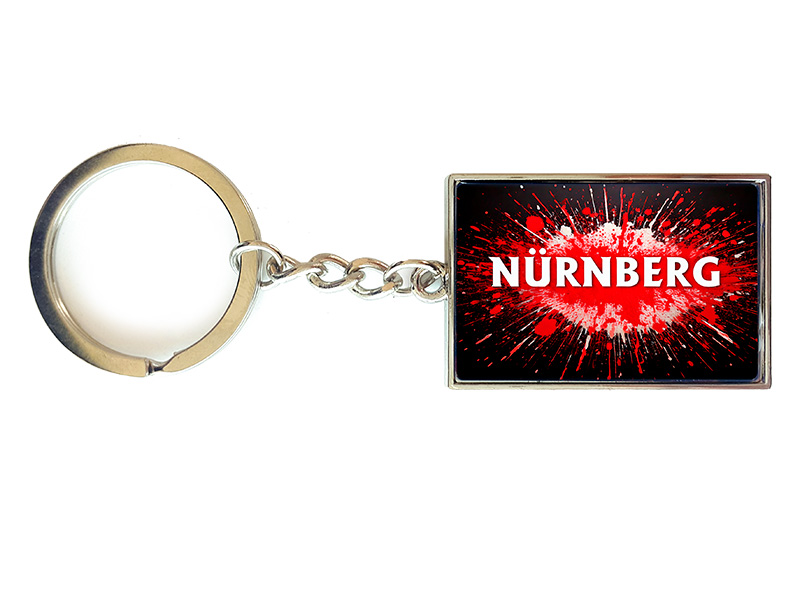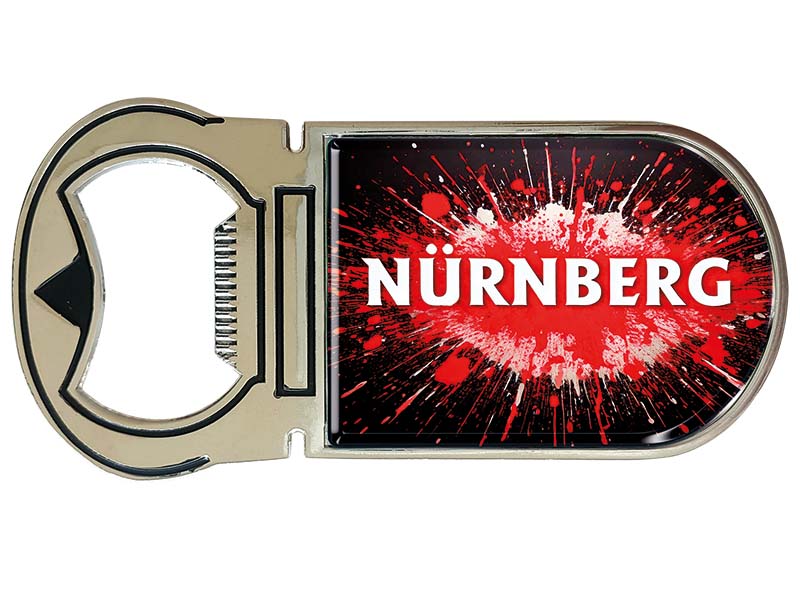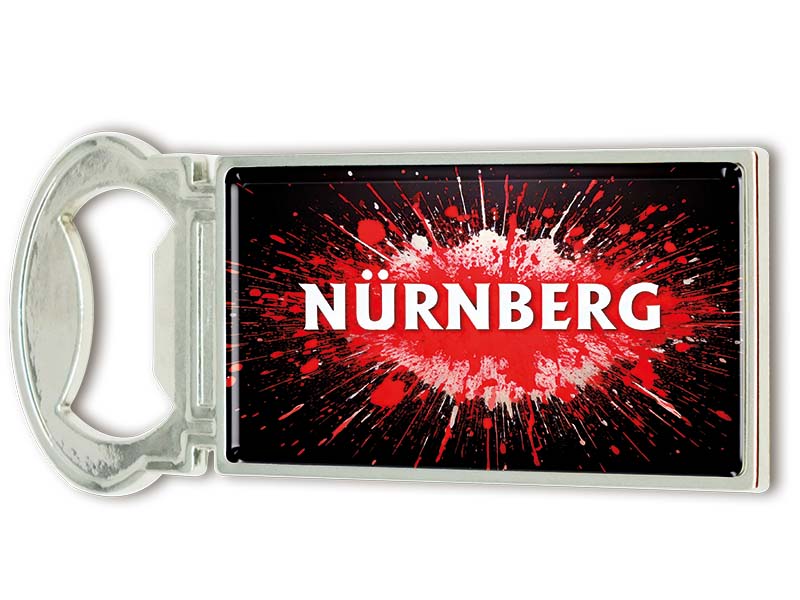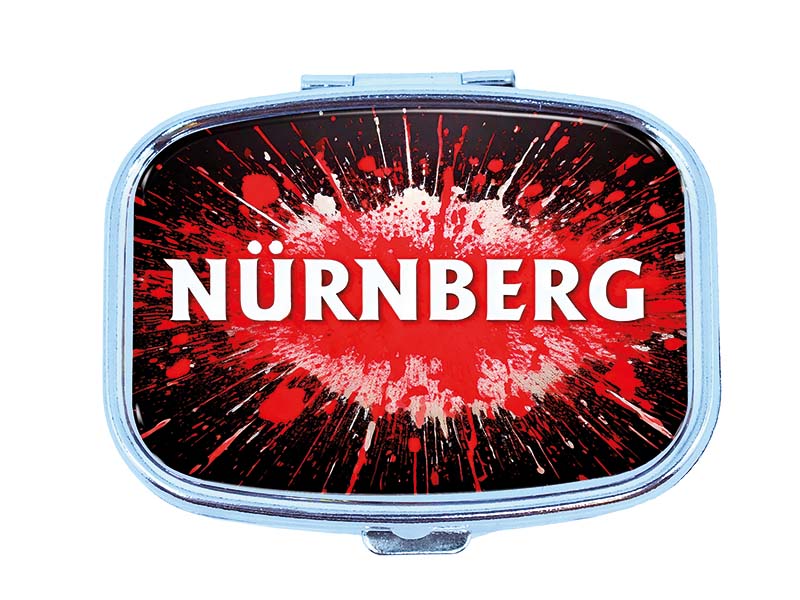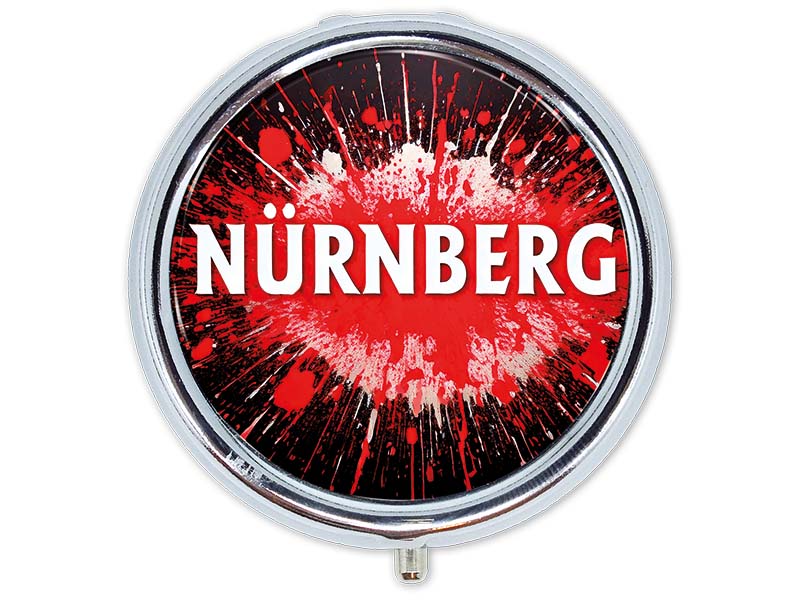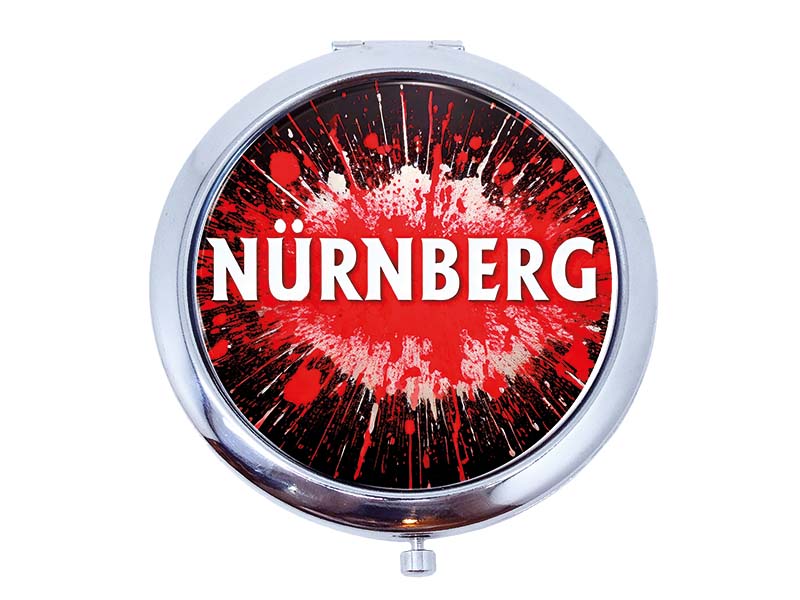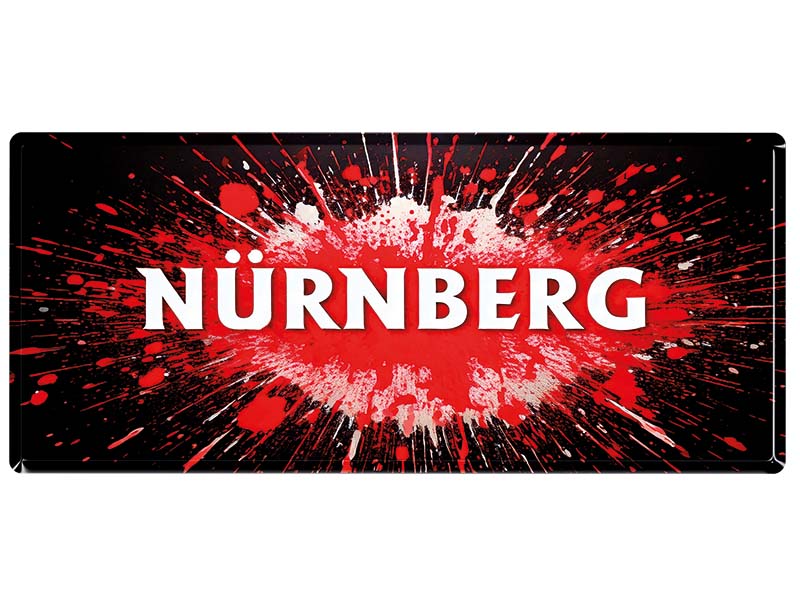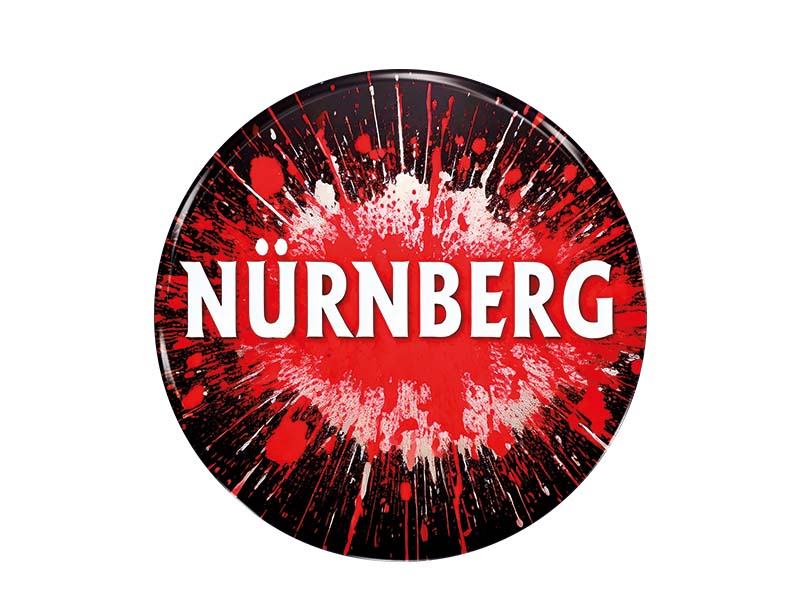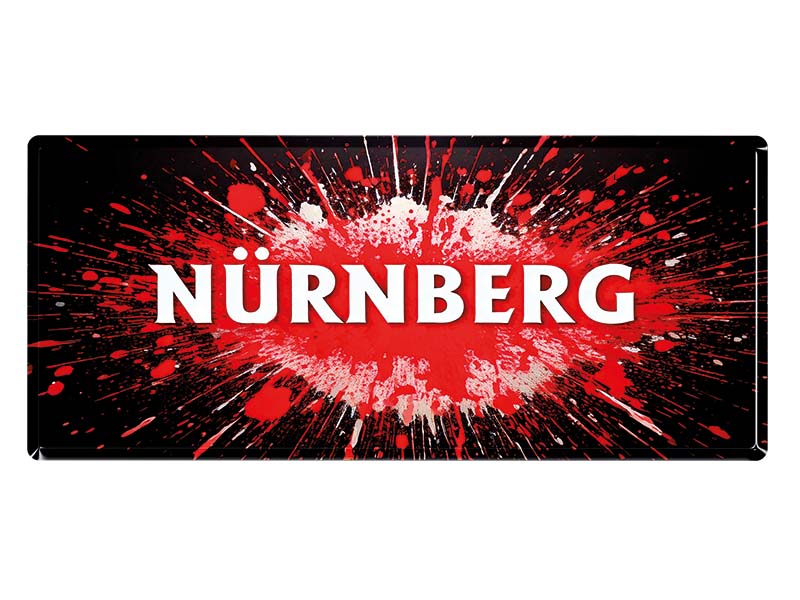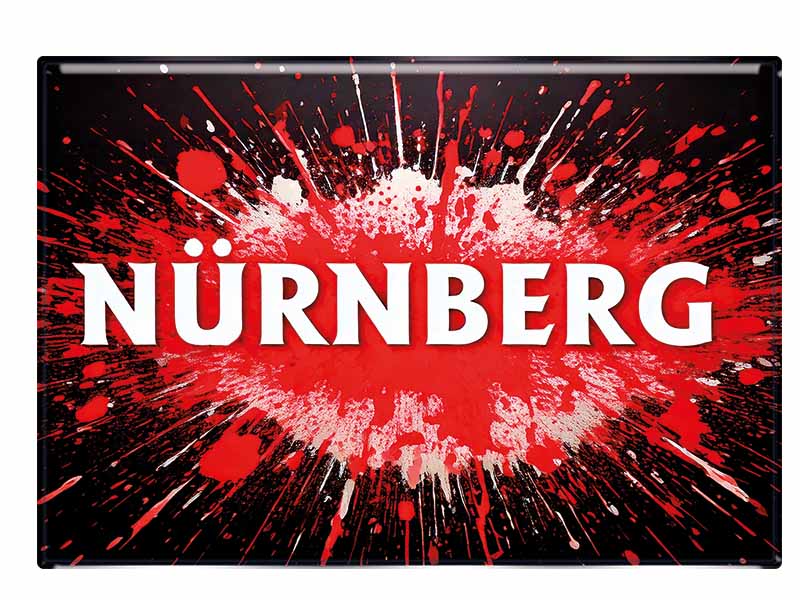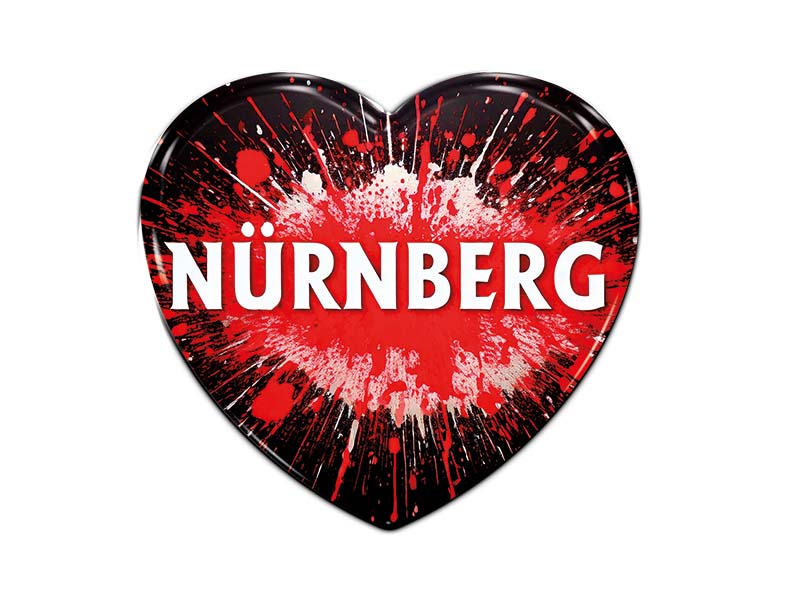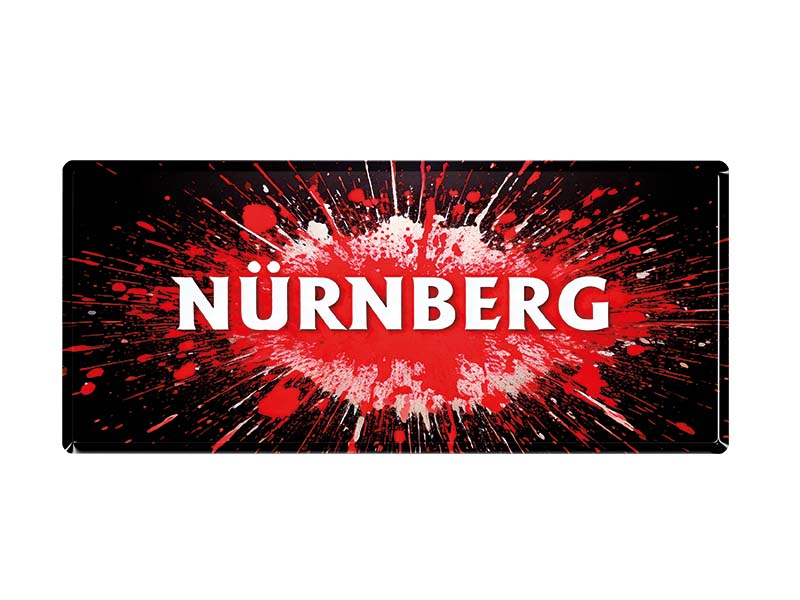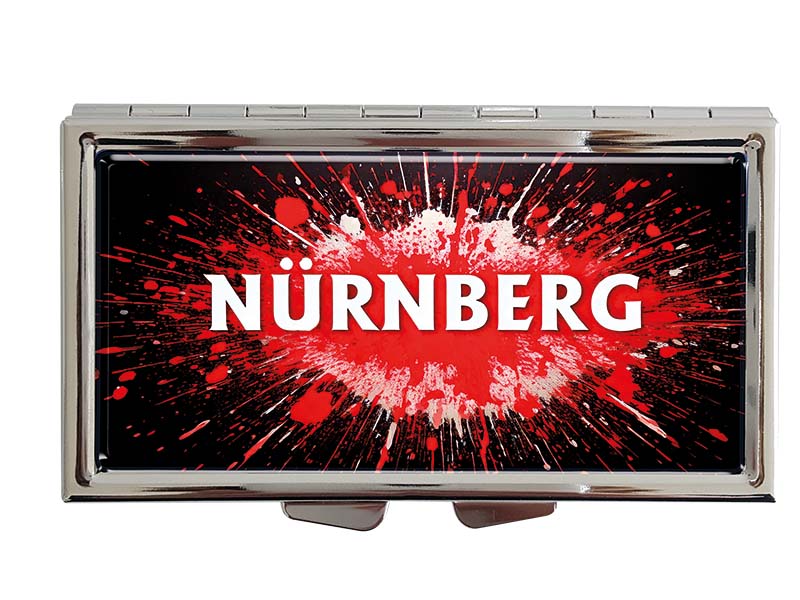- Vehicles
- Figures
- Witches
- Carnival
- Canvas
- Magnets
- Materials
- Maritime
- Hats
- New products
- Personalize
- Plush
- Dolls
- Collectible figures
- Keychain
- Special production
- %Special offers%
- Money boxes
-
Cities - Regions
- Bad Säckingen
- Bamberg
- Bayerischer Wald
- Berchtesgaden
- Berlin
- Bodensee
- Bremen
- Brocken
- Chiemsee
- Cochem
- Dinkelsbühl
- Dresden
- Eibsee
- Frankfurt
- Freiburg
- Gardasee
- Garmisch-Partenkirchen
- Hamburg
- Harz
- Heidelberg
- Helgoland
- Insel Mainau
- Kleinwalsertal
- Koblenz
- Köln
- Königssee
- Leipzig
- Lübeck
- Mecklenburgische Seenplatte
- München
-
Nürnberg
- Oberammergau
- Passau
- Potsdam
- Quedlinburg
- Regensburg
- Rothenburg
- Rügen
- Schwarzwald
- Stuttgart
- Sylt
- Titisee
- Traunsee
- Triberg
- Ulm
- Wernigerode
- Bags/Backpacks
- Textile
- Animal
- Subjects
More information? sign in.
More information? sign in.
More information? sign in.
More information? sign in.
More information? sign in.
More information? sign in.
More information? sign in.
More information? sign in.
More information? sign in.
More information? sign in.
More information? sign in.
More information? sign in.
More information? sign in.
More information? sign in.
More information? sign in.
Nuremberg – A City of History, Culture, and Culinary Delights
Nuremberg is one of Germany’s most historic and vibrant cities. This Franconian metropolis uniquely blends medieval charm, cultural richness, economic significance, and culinary traditions. With around 520,000 inhabitants (as of 2024), Nuremberg is the second-largest city in Bavaria after Munich and serves as a key center in northern Bavaria.
History and Origins
The roots of Nuremberg trace back to the Middle Ages. The city was first mentioned in 1050 in a document issued by Emperor Henry III under the name "Nourenberg." The name likely refers to a rocky hill ("nor" meaning rock or stone), which is now the site of the iconic Nuremberg Castle — one of the city's most prominent landmarks.
By the 12th century, Nuremberg had developed into a significant trade center, located on vital commercial routes connecting Italy with Northern and Eastern Europe. The city experienced a golden age during the late Middle Ages, especially under the rule of the Hohenzollerns. It played an important role in the Holy Roman Empire as a Free Imperial City and hosted numerous imperial assemblies.
A darker chapter in Nuremberg’s history occurred during the Nazi era. The city was a hub of Nazi propaganda and hosted the infamous Nazi Party rallies on the massive Reich Party Rally Grounds. After World War II, much of Nuremberg was destroyed, but great efforts were made to restore its historic architecture. The city gained renewed global attention after the war as the site of the Nuremberg Trials, where leading Nazi officials were held accountable for war crimes.
Geographic Location and State
Nuremberg is located in the north of Bavaria, within the administrative region of Middle Franconia. Geographically, the city lies in the southern part of the Franconian Basin and is bisected by the Pegnitz River, which splits and rejoins several times within the city, lending it a romantic atmosphere.
Surrounding the city are the Franconian Jura to the east and the Steigerwald forest to the west. Together with the neighboring cities of Fürth, Erlangen, and Schwabach, Nuremberg forms the Nuremberg Metropolitan Region, home to about 3.6 million people.
Main Sights and Attractions
Nuremberg's Old Town is a treasure trove of historical architecture and attractions. Notable highlights include:
-
Nuremberg Castle (Kaiserburg): This symbol of the city towers above the Old Town and offers panoramic views. It was once one of the most important imperial castles of the Holy Roman Empire.
-
The Old City Wall: Largely preserved, the medieval city wall encircles the historic center and is dotted with towers and gates.
-
St. Lorenz and St. Sebald Churches: These two Gothic masterpieces are central to Nuremberg’s spiritual and architectural landscape.
-
Albrecht Dürer’s House: The former residence of the famous Renaissance artist Albrecht Dürer is now a museum, providing insight into his life and works.
-
Historic Rock-Cut Cellars (Felsengänge): A fascinating underground labyrinth used historically for beer storage, open for guided tours.
-
Germanisches Nationalmuseum: Germany’s largest cultural history museum, showcasing artifacts and artworks from various eras.
Sites of remembrance, such as the Documentation Center Nazi Party Rally Grounds and the Memorium Nuremberg Trials, are also important destinations for those interested in 20th-century history.
Tourism
Nuremberg attracts about 2.5 million overnight visitors annually, in addition to countless day-trippers. One of the city’s main tourist magnets is the world-renowned Nuremberg Christkindlesmarkt, held on the Main Market Square during the Advent season. This traditional Christmas market, dating back to the 16th century, draws over two million visitors each year.
Other popular events include the Nuremberg Spring and Autumn Fairs, the Old Town Festival, the international Toy Fair, and cultural events like the Bardentreffen music festival and Klassik Open Air concerts.
Famous People from Nuremberg
Over the centuries, Nuremberg has been home to many notable figures in art, science, politics, and sports:
-
Albrecht Dürer (1471–1528): One of the most influential artists of the Renaissance, known worldwide for his woodcuts, engravings, and paintings.
-
Hans Sachs (1494–1576): A Meistersinger (master singer), poet, and playwright, prominent in early German literature.
-
Leni Riefenstahl (1902–2003): The controversial filmmaker known for her propagandistic work during the Nazi era was born in Nuremberg.
-
Günther Beckstein: Former Bavarian Prime Minister, born and raised in Nuremberg.
-
Thomas Gottschalk: Famous TV host and media personality who spent part of his youth in the city.
-
Max Morlock (1925–1994): Legendary footballer and World Cup winner, deeply associated with local team 1. FC Nürnberg.
Typical Food and Drink
Nuremberg is especially well-known for its traditional Franconian cuisine. Key specialties include:
-
Nuremberg Rostbratwurst: These small, spiced sausages are the city’s most famous culinary export. Protected by EU law, they must be made in Nuremberg and are typically served with sauerkraut, potato salad, or in a bun as "Drei im Weggla" (three sausages in a roll).
-
Nuremberg Gingerbread (Lebkuchen): A sweet and spicy baked treat, especially popular during the Christmas season. Available in many varieties, often in decorative tins.
-
Franconian Schäufele: A roast pork shoulder dish with crispy crackling, usually served with potato dumplings and cabbage.
-
Blaue Zipfel: Bratwursts simmered in a tangy vinegar-onion broth — a Franconian delicacy.
-
Franconian Carp: A seasonal favorite, typically served fried during months with an “r.”
To drink, the city offers a wide range of Franconian beers from local breweries and Franconian wines, particularly Silvaner and Müller-Thurgau. Nuremberg’s historical red beer (Rotbier) has seen a revival in recent years and is brewed according to traditional recipes.
Typical Souvenirs
Nuremberg offers a variety of traditional and unique souvenirs. Some of the most popular include:
-
Original Nuremberg Gingerbread: Packaged in elegant tins, these are ideal gifts or keepsakes.
-
Nuremberg Bratwurst (vacuum-sealed): For home preparation, these sausages are a favorite among tourists.
-
Tin Figures: Handcrafted pewter figures, often with historical or folkloric themes, are a cherished collector’s item.
-
Toys: As a city with a long-standing toy manufacturing tradition, Nuremberg is known for high-quality wooden and mechanical toys.
-
Handmade Christmas Ornaments: Especially during the winter months, these are beautiful, traditional souvenirs.
-
Art Prints and Gifts featuring Albrecht Dürer: From postcards and books to mugs and replicas of his famous Young Hare painting.
Conclusion
Nuremberg is a city of contrasts and diversity: medieval romance meets modern vibrancy; rich history intersects with contemporary creativity. The city offers visitors a deep cultural experience, culinary delights, and a warm Franconian spirit. Whether you visit during the magical Christmas season, explore the museums and landmarks, or enjoy the lively atmosphere of local festivals — Nuremberg is a captivating destination that combines authenticity with charm.

